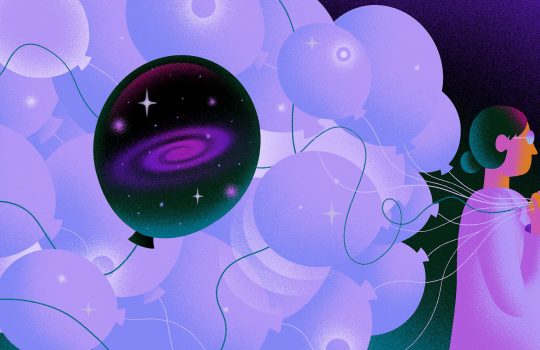Long-baseline neutrino experiments march on
From Phys.org, August 3, 2022: Fermilab’s NOvA experiment reports analysis on oscillation data delivering some of the most accurate estimates to date describing neutrino oscillations and providing important hints on two important aspects of neutrino physics—the ordering of neutrino masses and the degree of charge-parity (CP) violation. These results set the stage for the next generation of “long-baseline” experiments, like Hyper-K and DUNE, which will dramatically boost our ability to probe elusive aspects of neutrino physics.



